
Who Were the Vikings?
The people of medieval Scandinavia - Norway, Sweden and Denmark - were known as “the Vikings”. Actually, Viking was not what they were, it was what they did. They travelled: to trade, raid and settle . More properly they were known as “Norse” - men from the north. Often, in the summer months, while waiting for their crops to grow, they went a-Viking. Farming alone could not provide for all their needs. In their travels, they might cover huge distances, over land as well as sea, carrying their ships from one river to the next.
The Swedes went east to Russia then on
to what is now Istanbul. Russia is named
after the “Rus”, an old Norse word for “the
men who row”.
The Danes went south and west to raid
and settle in France and England. The
Normans are “the North men” who settled
in France and developed their distinctive
knightly culture.
The Norwegians travelled north and west
to Scotland, Ireland and the islands in
between, even travelling as far as north
America!
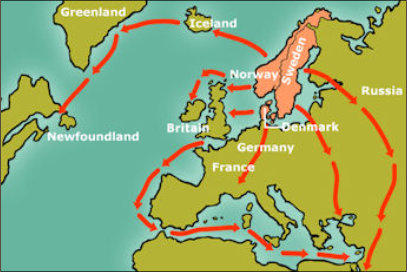
Why Did They Travel So Much?
Wealth was often their motivation. The fact that the pagan Norse would find large quantities of gold and silver artefacts in churches and monasteries in Christian Europe, all completely unguarded, was also significant. Another plentiful commodity was people - to be sold as slaves. But there were those who simply sought somewhere to live. When a landowner died, his estate was divided among his surviving sons. As land was divided the lots became too small to support a family. Eventually, they had to find somewhere else to live. The Norwegian kings found it ever more difficult to keep control over their subjects abroad. In and around Scotland for example, local leaders began setting up areas of authority independently of the King of Norway, such as the Jarldom of Orkney and the Kingdom of Mann. Disputes between these “authorities” meant that Norse raided each other as much as they did non-Norse victims.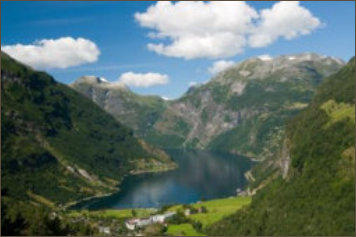
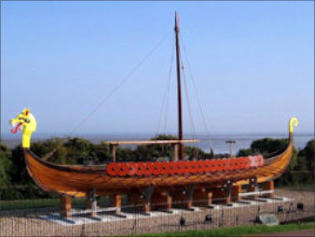

Who Were the Vikings?
The people of medieval Scandinavia - Norway, Sweden and Denmark - were known as “the Vikings”. Actually, Viking was not what they were, it was what they did. They travelled: to trade, raid and settle . More properly they were known as “Norse” - men from the north. Often, in the summer months, while waiting for their crops to grow, they went a-Viking. Farming alone could not provide for all their needs. In their travels, they might cover huge distances, over land as well as sea, carrying their ships from one river to the next.
The Swedes went east to Russia then on to
what is now Istanbul. Russia is named after the
“Rus”, an old Norse word for “the men who
row”.
The Danes went south and west to raid and
settle in France and England. The Normans
are “the North men” who settled in France and
developed their distinctive knightly culture.
The Norwegians travelled north and west to
Scotland, Ireland and the islands in between,
even travelling as far as north America!

Why Did They Travel So Much?
Wealth was often their motivation. The fact that the pagan Norse would find large quantities of gold and silver artefacts in churches and monasteries in Christian Europe, all completely unguarded, was also significant. Another plentiful commodity was people - to be sold as slaves. But there were those who simply sought somewhere to live. When a landowner died, his estate was divided among his surviving sons. As land was divided the lots became too small to support a family. Eventually, they had to find somewhere else to live. The Norwegian kings found it ever more difficult to keep control over their subjects abroad. In and around Scotland for example, local leaders began setting up areas of authority independently of the King of Norway, such as the Jarldom of Orkney and the Kingdom of Mann. Disputes between these “authorities” meant that Norse raided each other as much as they did non-Norse victims.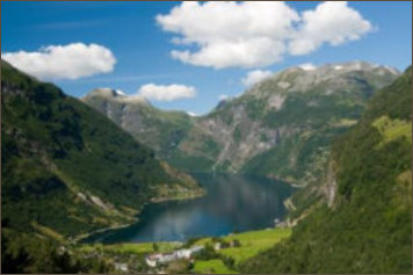
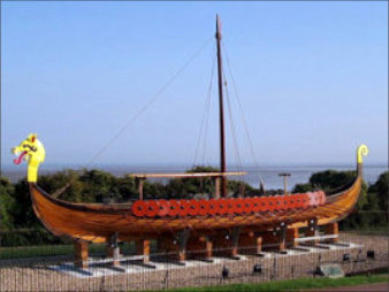


Walter Jardine
About A Wolf in His Belly
The Norse
History




















